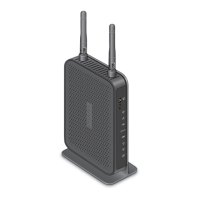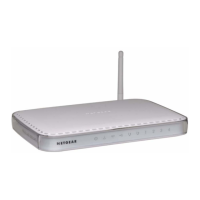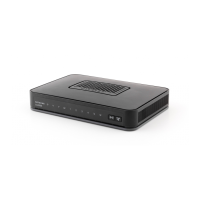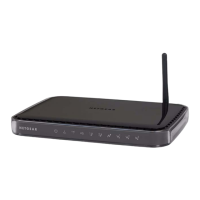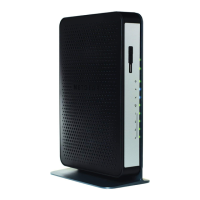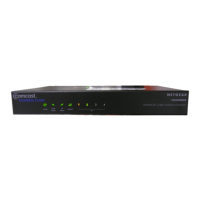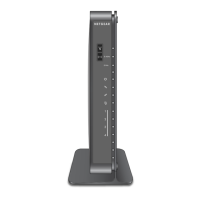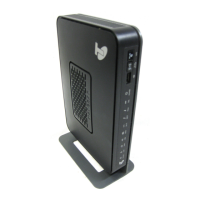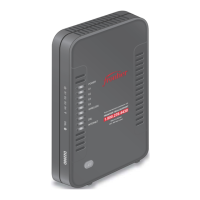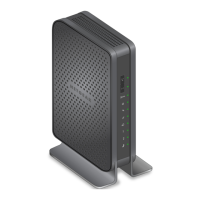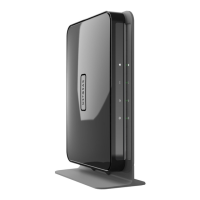Troubleshooting
118
Dual Band Wireless VDSL2 + Ethernet Gateway
2. In the field provided, type ping followed by the IP address of the gateway, as in this
example:
ping www.routerlogin.net
3. Click the OK button.
A message similar to the following displays:
Pinging <IP address > with 32 bytes of data
If the path is working, you see this message:
Reply from < IP address >: bytes=32 time=NN ms TTL=xxx
If the path is not working, you see this message:
Request timed out
If the path is not functioning correctly, you might be experiencing one of the following
problems:
• W
rong physical connections
For a wired connection, make sure that the numbered Ethernet port LED is lit for the port
to which you are connected.
Check that the appropriate LEDs are on for your network devices. If your gateway and
computer are connected to a separate Ethernet switch, make sure that the link LEDs are
lit for the switch ports that are connected to your computer and gateway.
• Wrong network configuration
V
erify that the Ethernet card driver software and TCP/IP software are both installed and
configured on your computer.
V
erify that the IP address for your gateway and your computer are correct and that the
addresses are on the same subnet.
Test the Path from Your Computer to a Remote Device
After verifying that the LAN path works correctly, test the path from your computer to a remote
device.
1. From the Windows toolbar, click the Start button and select Run.
2. In the field provided, type
ping -n 10 <IP address>
where <IP address> is the IP address of a remote device such as your ISP DNS server
.
If the path is functioning correctly
, replies like the examples shown in Test the LAN Path to
Your Gateway on page 117 are displayed.
If you do not receive replies, try the following:
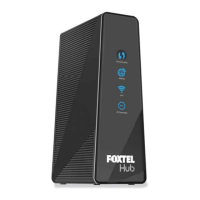
